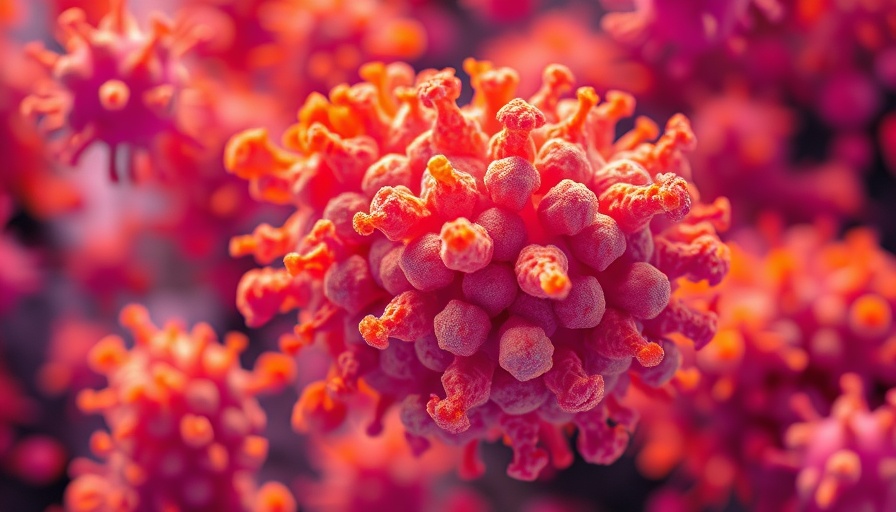
Understanding the Plague: A Rare but Serious Disease
Recently, the state of California reported a case of a resident testing positive for the plague. While this news might sound alarming, it's important to understand what the plague is, how it spreads, and what can be done to prevent it. The plague is caused by the Yersinia pestis bacteria, typically transmitted through flea bites or contact with infected animals. Thankfully, there haven't been many cases in modern times, and with proper medical care, it is treatable.
What Symptoms to Watch For
For parents, knowing the symptoms of the plague can be helpful. Early signs include fever, chills, headache, fatigue, and swollen lymph nodes known as buboes. If you notice any of these symptoms in yourself or your kids, especially after exposure to potentially infected animals, seeking medical advice quickly is crucial.
Preventing Plague: Tips for Families
Preventive measures can greatly reduce the risk of infection. Here are some user-friendly strategies that families can use to stay safe:
- Keep yards clean: Remove any trash or debris where rodents might nest.
- Check pets regularly: Ensure they are flea-free and stay away from wild animals.
- Educate children: Teach them not to touch wild animals or their nests.
These simple actions are effective in promoting a healthy environment for your family.
Why Health Surveillance Matters
Health surveillance is key in preventing and controlling the spread of infectious diseases like the plague. Continuous monitoring can help catch outbreaks early, leading to quicker response times. When communities work together with public health officials, the risks can be minimized. This emphasizes the importance of healthcare access and education, especially in our increasingly interconnected world.
Global and Local Health Perspectives
The recent plague case in California might encourage us to reflect on how health systems operate locally and globally. In regions where healthcare access is limited, the risks for infectious diseases surge. A collaborative approach, integrating public health strategies from various regions, can lead to improved health outcomes. For instance, investing in maternal health and child nutrition is crucial to enhance disease prevention, not just for the plague but for many infectious diseases that still pose a threat worldwide.
Useful Resources for Families
As parents, staying informed and prepared is part of keeping your family healthy. Here are some resources to explore:
- CDC Plague Information - Comprehensive guidelines on prevention and treatment.
- World Health Organization - Plague - Global health perspectives on monitoring and response.
- National Geographic - Article about the Plague’s History - Understanding the contextual background of the disease.
Leveraging these resources will empower you with the knowledge needed to protect your family against not just the plague, but other infectious diseases as well.
Anticipating Future Health Trends
We can also reflect on how modern medicine and technology are helping us combat diseases that were once considered fatal. Advancements in vaccines and public health policies are continually evolving, and this plague case can serve as a reminder of the importance of these innovations. Engaging in community health initiatives can bridge gaps that exist in health systems, ultimately fostering resilience against future health threats.
As parents, sharing this information and emphasizing the importance of health education can create a stronger, healthier community.
Let’s stay informed and proactive. Join discussions at local health forums to better understand how you can contribute to health education, and ensure your family remains safe and healthy.
 Add Row
Add Row  Add
Add 




Write A Comment